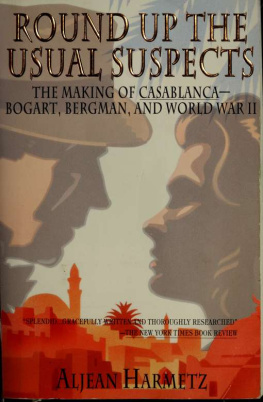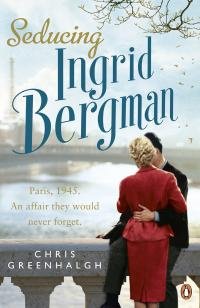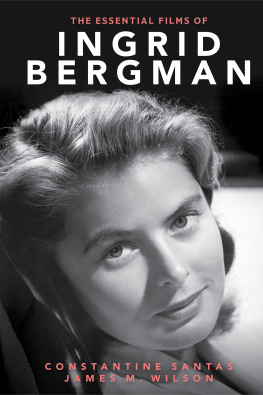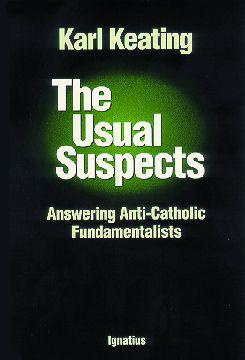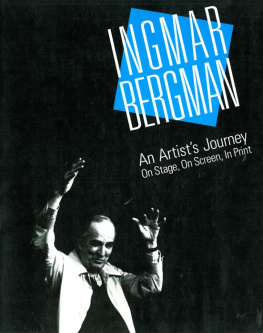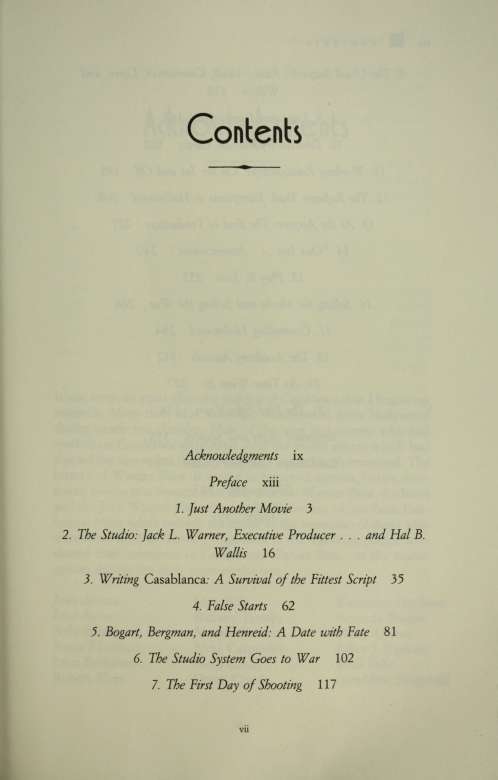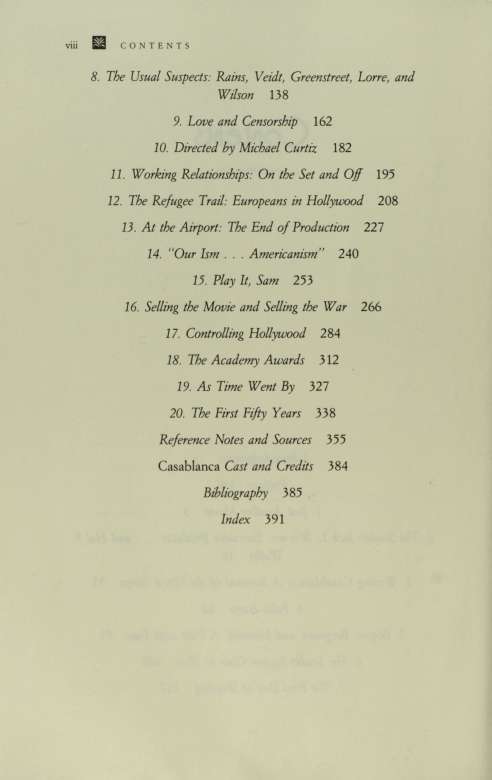This book made available by the Internet Archive.
To Friendship, imperfect but durable:
Norma Chaplain, Robin Frasier, Shirley Kiley, Rebecca Schwaner, Anne Thompson
Acknowledgments
It was forty-six years after the making of Casablanca that I began my research. More than blue skies had disappeared from Hollywood during nearly five decades. Most of the men and women who had worked on Casablanca were dead. And the studio system which had shaped the movie was dead, too. But records of both remained. The history of Warner Bros, is stored in boxes of memos, letters, contracts, production reports, and scripts in the Warner Bros. Archives and the Jack Warner Collection at the University of Southern California. More subtle records are stored in the memories of those who were there in 1942. I owe a huge debt to the following people who shared their memories of Casablanca, Warner Bros., or the studio system during the early years of the war:
Joan Alison Lew Ayres Solly Baiano Sonia Biberman John Beckman Robert Blees
Curt Bois Richard Brooks Murray Burnett Meta Carpenter Meta Cordy Owen Crump
Katherine Dunham Amanda Dunne Philip Dunne Julius J. Epstein Rudi Fehr Geraldine Fitzgerald
ACKNOWLEDGMENTS
Bill Hendricks Paul Henreid Irene Heymann Lena Home Lee Katz Leonid Kinskey Howard Koch Lupita Kohner Ring Lardner, Jr. Irene Lee
Mort Likter Sam Marx Dennis Morgan William T. Orr Gilbert Perkins Vincent Price Tom Pryor Bill Schaefer Carl Schaefer Francis Scheid
Dan Seymour Vincent Sherman Arthur Silver Paul Stader Carl Stucke Arthur Wilde Billy Wilder Bob William Frances Williams Fay Wray
I was allowed to share other memories, toothose of the wives, children, siblings, and cousins of the men and women who played some part in the creation of Casablanca. For their time, patience, and graciousness, I would like to thank Lauren Bacall, Nicola Dantine Bautzer, Dorothy Robinson Blees, Stephen Bogart, Leslie Epstein, Frances Feder, Lilian Gelsey, Lenke Kardos, Pia Lindstrom, John Meredyth Lucas, Frances MacKenzie, Saul Nirenberg, Gregory Orr, Bill Rader, Harold G. Rader, Jessica Rains, Jack Warner, Jr., and Margaret Scannell Wooley.
Most of the material in this book comes from primary research. The secondary research includes Hollywood trade papers, journals, and newspapers, as well as autobiographies, oral histories, and memoirs which were, as rigorously as possible, checked against more factual sources. A list of the main archives I used and the materials available at each can be found at the beginning of the Reference Notes and Sources. I was greatly helped in my search by Howard Gotlieb at Boston University; Ronald J. Grele at Columbia University; Jan-Christopher Horak at George Eastman House; Cornelius Schnauber of the Max Kade Institute: Marta Mierendorff who made her private archive available; Mary Ann Jensen and Andros Thompson at Princeton University; Charles Bell and Mary Mallory of the Selznick Archives; David S. Zeidberg of the University of California, Los Angeles; Jeaninc Basingcr at Wesleyan University who unlocked doors I never could have unlocked tor myself; Joan Michaels of the Burbank Public Library; Mark LodlCT and Harry Medved of the Screen Actors Guild; Chuck Warn of the Directors Guild ol America; and Patrick Stockstill ol the Academy oi Motion Picture Arts and Sciences.
ACKNOWLEDGMENTS
I owe a special thanks to Daniel Selznick who allowed me access to material from the Selznick Archives; Isabella Rossellini who made material from the Ingrid Bergman Collection available to me; and Jessica Rains who provided coffee, laughter, and thirty hours of untranscribed tape recordings made by her father, Claude Rains, during the last few years of his life.
It is impossible to exaggerate the help I received during the four or five months I trolled through the Warner Bros. Archives and the Jack Warner Collection. Leith Adams of the Archives and Ned Comstock of the USC Cinema-Television library consistently and courteously went out of their way to aid me. I would also like to thank Anne Schlosser, Stuart Ng, and Steve Hanson.
Round Up the Usual Suspects attempts to comment on the studio system and its inhabitants from the differing viewpoints of 1942 and 1992. I am indebted to the critics and specialists who helped me to look at it in both ways or who deepened my knowledge of the participants:
Forest Ackerman Woody Allen Peter Almond Sam Arkoff Pat Wilks Battle Rudy Behlmer Al Bender Jack Brodsky Art Buchwald Larry Ceplair Charles Champlin
Gary Essert Todd Gitlin Samuel Goldwyn, Jr. Cyrus Harvey, Jr. Ronald Haver Anthony Heilbut Charles Higham Joe Hyams Dorothy Jeakins Pauline Kael Kathryn Kalinak
Stanley Kauffmann Miles Kreuger Robby Lantz Laurence Mark Gerald Marks Daniel Melnick Leonard Nimoy David Raksin Roger Richman David Thomson Haskell Wexler
and Yale music students Daniel Jack Becker, Arthur Bloom, Ed Harsh, Lee Heuermann, John Rogers, and Joe Rubenstein.
I am particularly grateful to Ronald Haver for generously sharing with me the materials he had collected for his own Casablanca project.
Warner Bros, still sits in the same place in Burbank, California, although it is now Warner Brothers. I would like to thank its chairman, Robert A. Daly, who allowed me to explore basements,
xii WB ACKNOWLEDGMENTS
storage buildings, and old files in my search for the Warner Bros, that existed in 1942; general counsel John Schulman, who is as avid a treasure hunter as I am; and office services director Dee Somers, who pointed me in all the right directions. Thanks also to Jess Garcia and Carl Samrock for their help.
I am grateful to Casablanca's current owner, Turner Broadcasting System, Inc., for allowing me to use stills from the movie. I owe a special debt to Roger Mayer, president of Turner Entertainment Co.
I have other debts: to Robert Miller and Tom Miller of Hyperion; to David Freeman and my husband, Richard Harmetz, who read various drafts of the manuscript; to Hildegard D. Augustson, who helped with the research until her death in an airplane crash on February 20, 1991.
My last and most earnest thanks goes to my son, Anthony Harmetz, who organized four-foot stacks of interviews and documents into usable categories and helped create the Reference Notes and Sources. The flaws in Round Up the Usual Suspects are mine alone, but this would be a much inferior book if Anthony had not given it the best of his editorial skills and had not insisted that I keep rewriting long after I wanted to stop.
I raise my champagne glass to all of you.
fref
rerace
Cynicism is a necessary protective coat for those who come close to the film industry's seductively hot center, and I have needed a doubly thick coat. I grew up on the outskirts of M-G-M where my mother worked in the wardrobe department, and I later wrote about Hollywood for The New York Times. But my cynicism dissolves when Humphrey Bogart and Ingrid Bergman say goodbye at the airport; and, at least in the dark of the movie theater, I am sure that I would be capable of such a sacrifice too.

